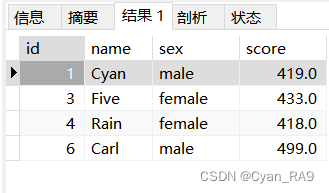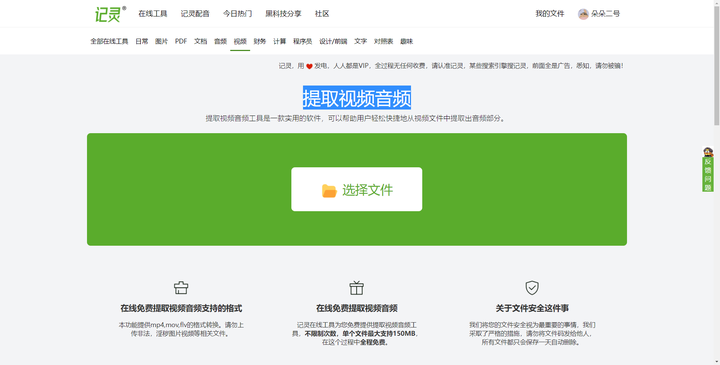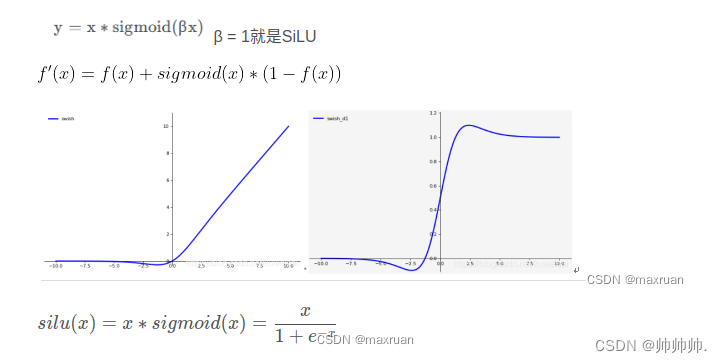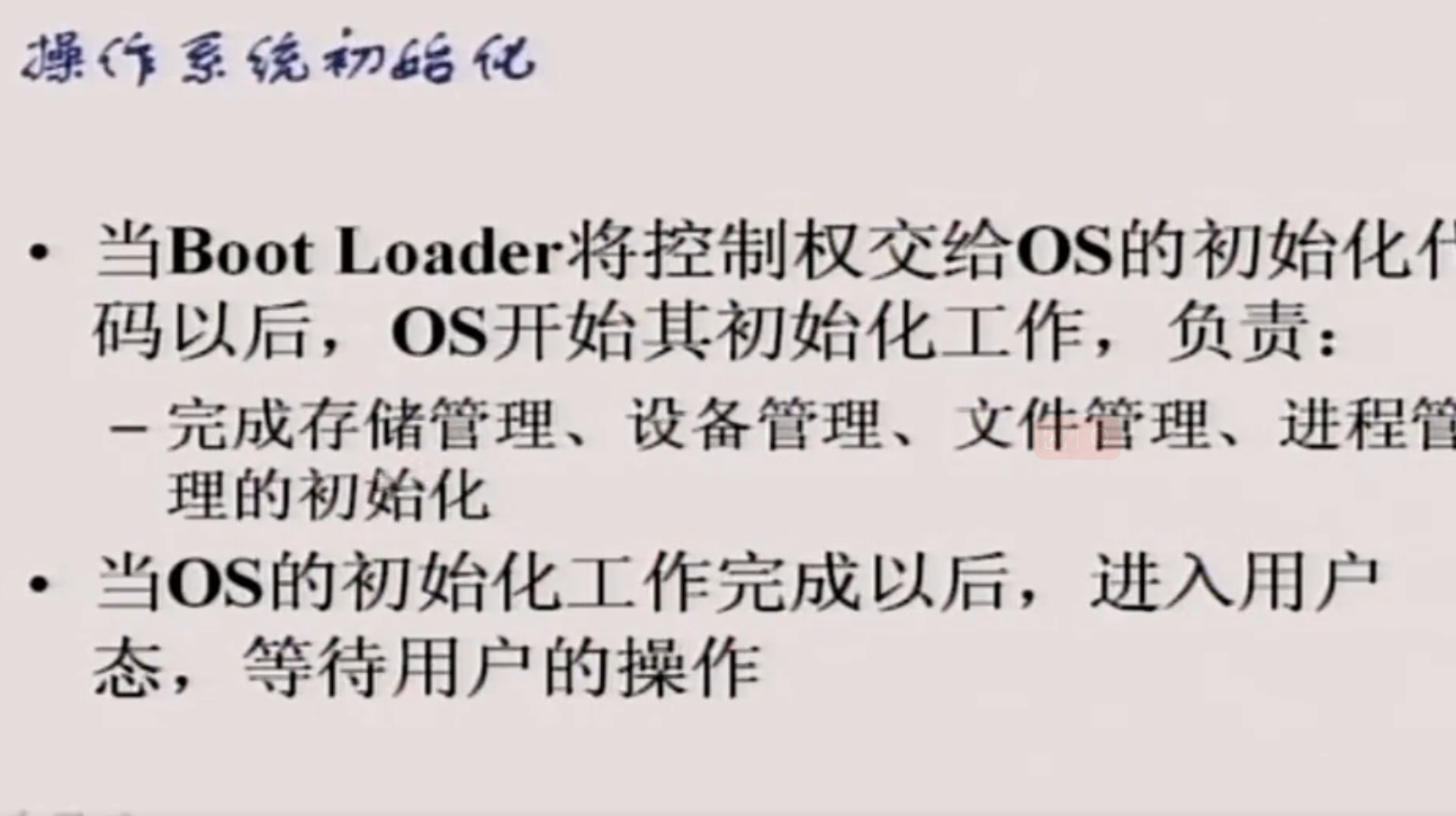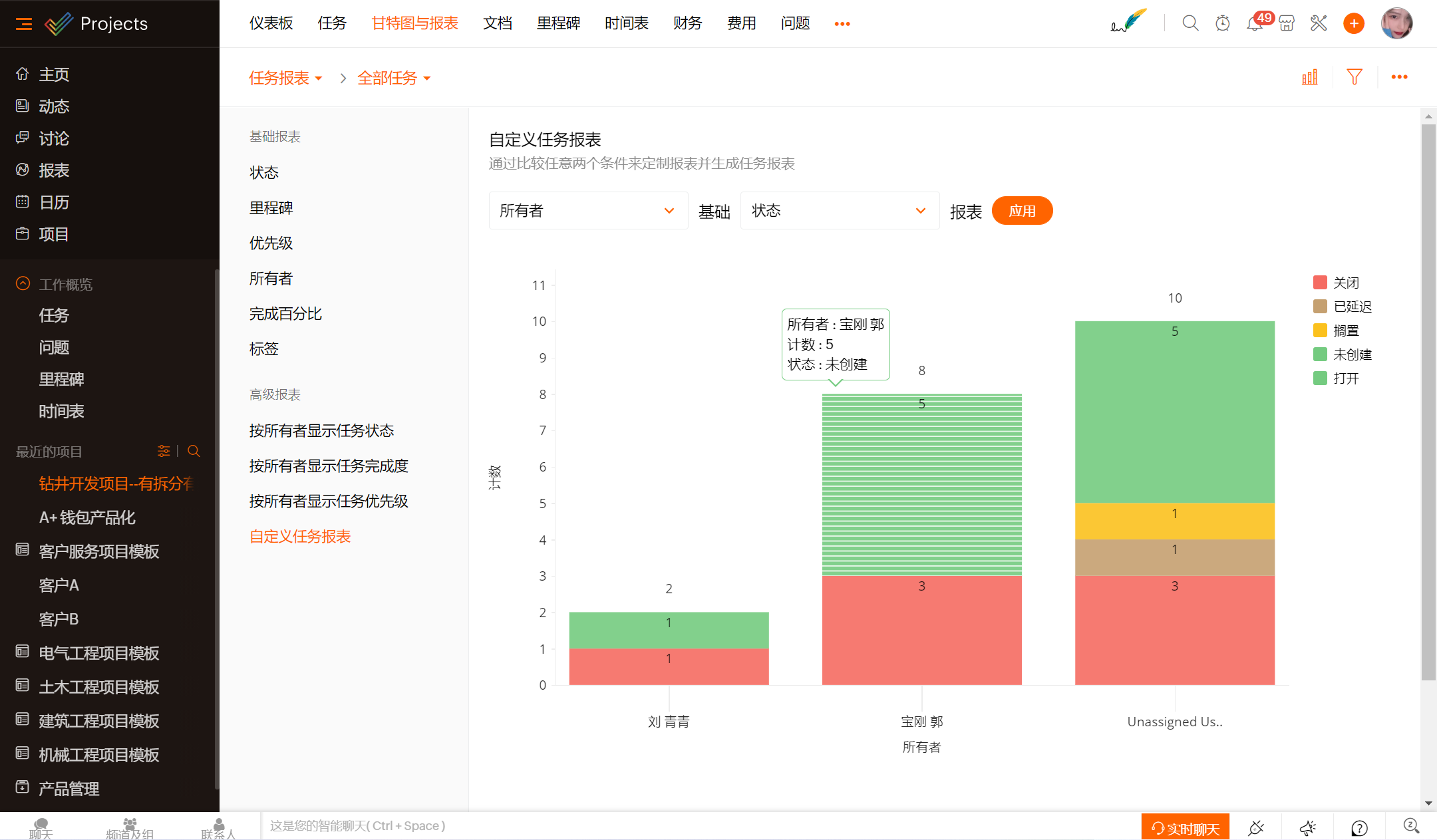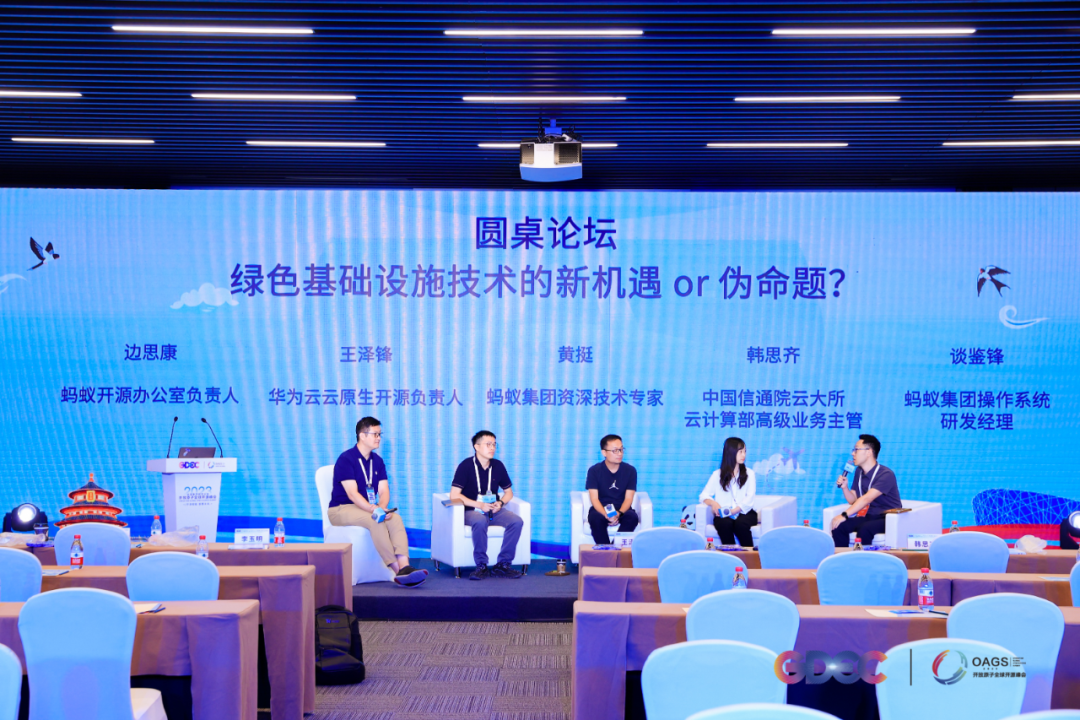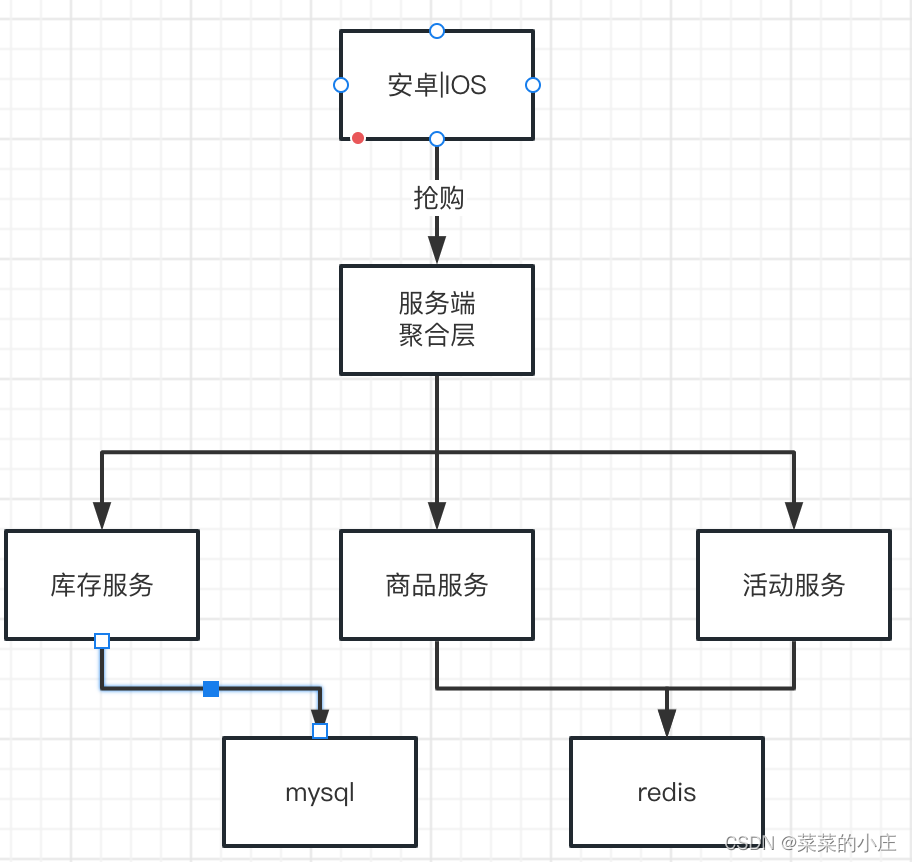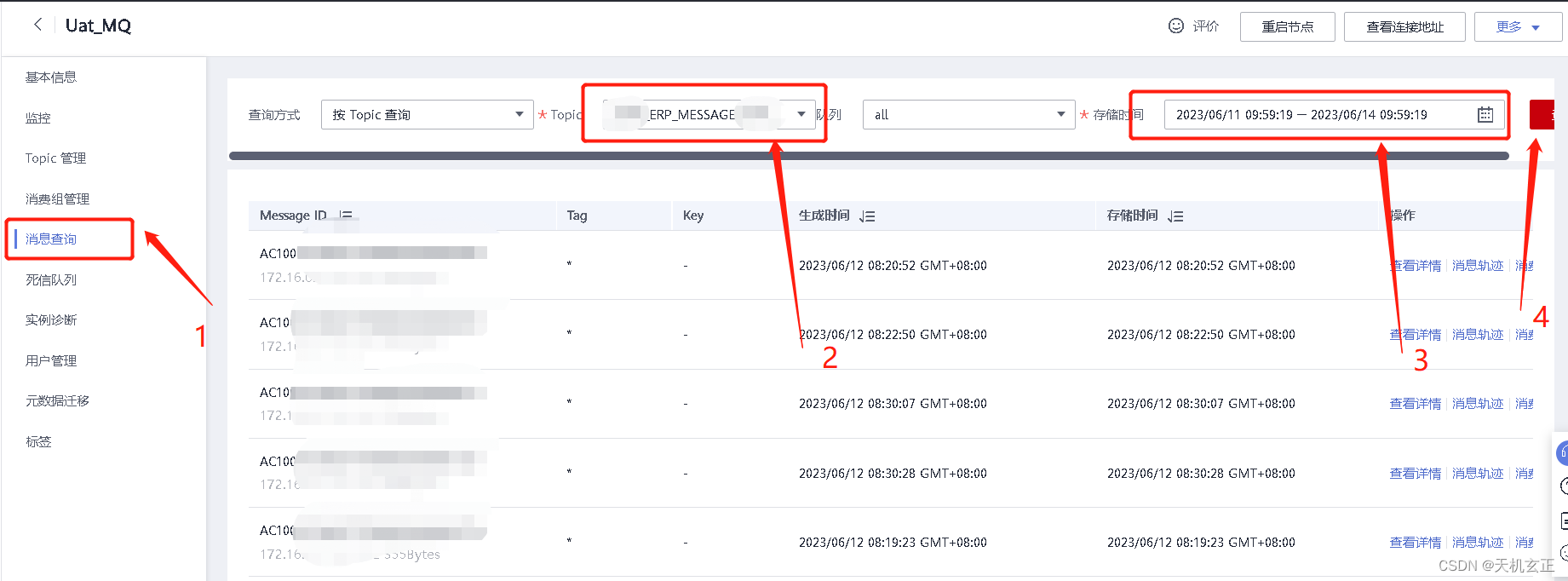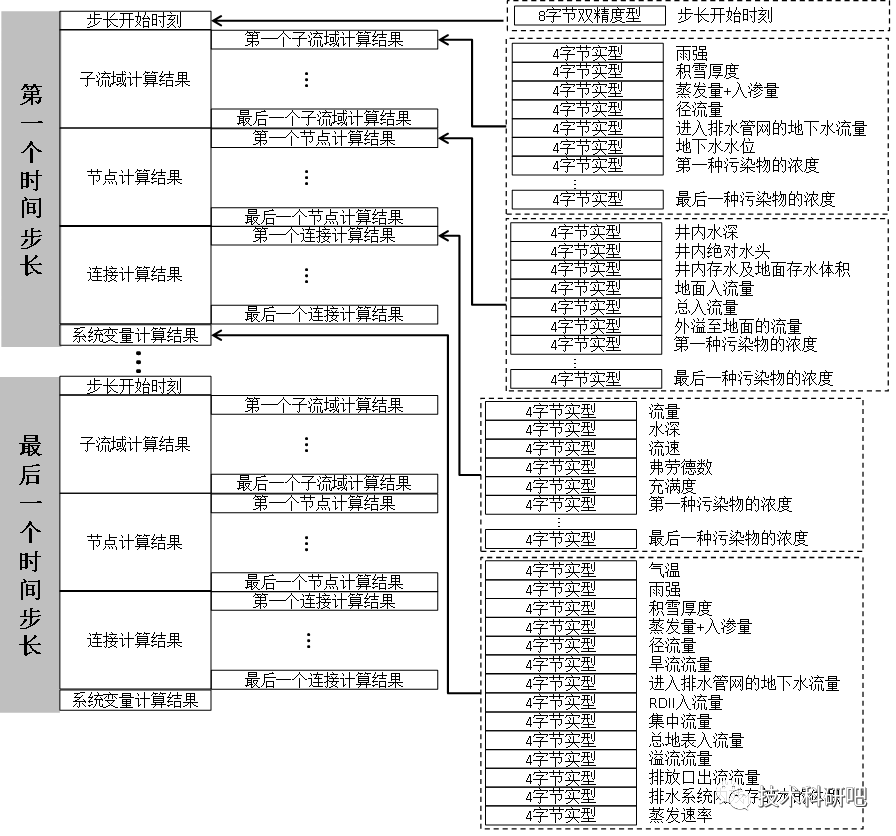特点
- 支持HTTP2/SPDY
- Socket自动选择最好路线,并支持自动重连
- 拥有自动维护的Socket连接池,减少握手次数
- 拥有队列线程池,轻松写并发
- 拥有Interceptors轻松处理请求与响应(比如透明GZIP压缩)
- 实现基于Headers的缓存策略
基本使用
同步请求
OkHttpClient client = new OkHttpClient();
Request request = new Request.Builder()
.url(url)
.build();
Response response = client.newCall(request).execute();
return response.body().string();
异步请求
OkHttpClient client = new OkHttpClient();
Request request = new Request.Builder()
.url(url)
.build();
client.newCall(request).enqueue(new Callback() {
@Override
public void onFailure(Call call, IOException e) {
Log.e("DEBUG", "##### onFailure: ", e);
}
@Override
public void onResponse(Call call, Response response) throws IOException {
Log.d("DEBUG", "##### response: " + response.body().string());
}
});
源码分析
Builder
OkHttpClient client = new OkHttpClient();
public OkHttpClient() {
this(new Builder());
}
请求流程

同步请求
client.newCall(request).execute();//RealCall的execute方法
@Override public Response execute() throws IOException {
synchronized (this) {//说明请求只能被执行一次
if (executed) throw new IllegalStateException("Already Executed");
executed = true;
}
transmitter.timeoutEnter();
transmitter.callStart();
try {
client.dispatcher().executed(this);//由dispatcher这个核心调度类将请求加入队列
return getResponseWithInterceptorChain();//获取HTTP请求结果,并会进行一系列拦截操作
} finally {
client.dispatcher().finished(this);//执行完毕操作,将线程从同步线程队列中移除
}
}
由dispatcher这个核心调度类将请求加入队列
getResponseWithInterceptorChain获取HTTP请求结果,并会进行一系列拦截操作
synchronized void executed(RealCall call) {
runningSyncCalls.add(call);
}
执行完毕操作,将线程从同步线程队列中移除
void finished(RealCall call) {
finished(runningSyncCalls, call);
}
private <T> void finished(Deque<T> calls, T call) {
Runnable idleCallback;
synchronized (this) {
if (!calls.remove(call)) throw new AssertionError("Call wasn't in-flight!");
idleCallback = this.idleCallback;
}
//异步方法中调用
boolean isRunning = promoteAndExecute();
if (!isRunning && idleCallback != null) {
idleCallback.run();
}
}
异步请求
将AsyncCall对象加入readyAsyncCalss队列中等待执行
@Override public void enqueue(Callback responseCallback) {
synchronized (this) {
if (executed) throw new IllegalStateException("Already Executed");
executed = true;
}
transmitter.callStart();
//将AsyncCall对象加入readyAsyncCalss队列中等待执行
client.dispatcher().enqueue(new AsyncCall(responseCallback));
}
AsyncCall是RealCall的内部类,并且是NamedRunnable线程类
getResponseWithInterceptorChain()一样食获取HTTP请求结果,并会进行一系列拦截操作
client.dispatcher().finished(this)和同步方法中调用类似,但是异步的流程则完全不同
@Override protected void execute() {
boolean signalledCallback = false;
transmitter.timeoutEnter();
try {
Response response = getResponseWithInterceptorChain();
signalledCallback = true;
responseCallback.onResponse(RealCall.this, response);
} catch (IOException e) {
if (signalledCallback) {
// Do not signal the callback twice!
Platform.get().log(INFO, "Callback failure for " + toLoggableString(), e);
} else {
responseCallback.onFailure(RealCall.this, e);
}
} finally {
client.dispatcher().finished(this);
}
}
void finished(AsyncCall call) {
call.callsPerHost().decrementAndGet();
finished(runningAsyncCalls, call);
}
private <T> void finished(Deque<T> calls, T call) {
Runnable idleCallback;
synchronized (this) {
if (!calls.remove(call)) throw new AssertionError("Call wasn't in-flight!");
idleCallback = this.idleCallback;
}
//异步方法中调用
boolean isRunning = promoteAndExecute();
if (!isRunning && idleCallback != null) {
idleCallback.run();
}
}
会遍历异步等待线程队列,并对正在执行的异步线程队列进行最大请求size,以及每个host最大请求size进行检查。
把异步等待线程放到正在执行线程队列中,并在等待线程队列中删除该线程,这样就把等待线程变成正在执行线程。
private boolean promoteAndExecute() {
assert (!Thread.holdsLock(this));
List<AsyncCall> executableCalls = new ArrayList<>();
boolean isRunning;
synchronized (this) {
for (Iterator<AsyncCall> i = readyAsyncCalls.iterator(); i.hasNext(); ) {
AsyncCall asyncCall = i.next();
if (runningAsyncCalls.size() >= maxRequests) break; // Max capacity.
if (asyncCall.callsPerHost().get() >= maxRequestsPerHost) continue; // Host max capacity.
i.remove();
asyncCall.callsPerHost().incrementAndGet();
executableCalls.add(asyncCall);
runningAsyncCalls.add(asyncCall);
}
isRunning = runningCallsCount() > 0;
}
for (int i = 0, size = executableCalls.size(); i < size; i++) {
AsyncCall asyncCall = executableCalls.get(i);
asyncCall.executeOn(executorService());
}
return isRunning;
}
Dispatcher
Dispatcher在builder中完成初始化
-
private int maxRequests = 64
maxRequests:最大请求并发请求数64 -
private int maxRequestsPerHost = 5
maxRequestsPerHost:每个主机的最大请求数5 -
private @Nullable Runnable idleCallback;
-
private @Nullable ExecutorService executorService;
executorService:线程池,懒汉模式创建 -
private final Deque readyAsyncCalls = new ArrayDeque<>();
readyAsyncCalls:异步等待线程队列,按顺序执行 -
private final Deque runningAsyncCalls = new ArrayDeque<>();
runningAsyncCalls:正在运行的异步线程队列,运行异步调用,包括尚未完成的已取消呼叫 -
private final Deque runningSyncCalls = new ArrayDeque<>()
runningSyncCalls:正在运行的同步线程队列,运行同步调用,包括尚未完成的已取消呼叫
ExecutorService
在OKHttp中,设置了不设上限的线程,不保留最小线程,线程空闲时,最大存活时间为60s,保证I/O任务中高阻塞低占用的过程,不会长时间卡在阻塞上。并通过maxRequests和maxRequestsPerHost来控制并发最大请求数。
public synchronized ExecutorService executorService() {
if (executorService == null) {
executorService = new ThreadPoolExecutor(0, Integer.MAX_VALUE, 60, TimeUnit.SECONDS,
new SynchronousQueue<>(), Util.threadFactory("OkHttp Dispatcher", false));
}
return executorService;
}
拦截器
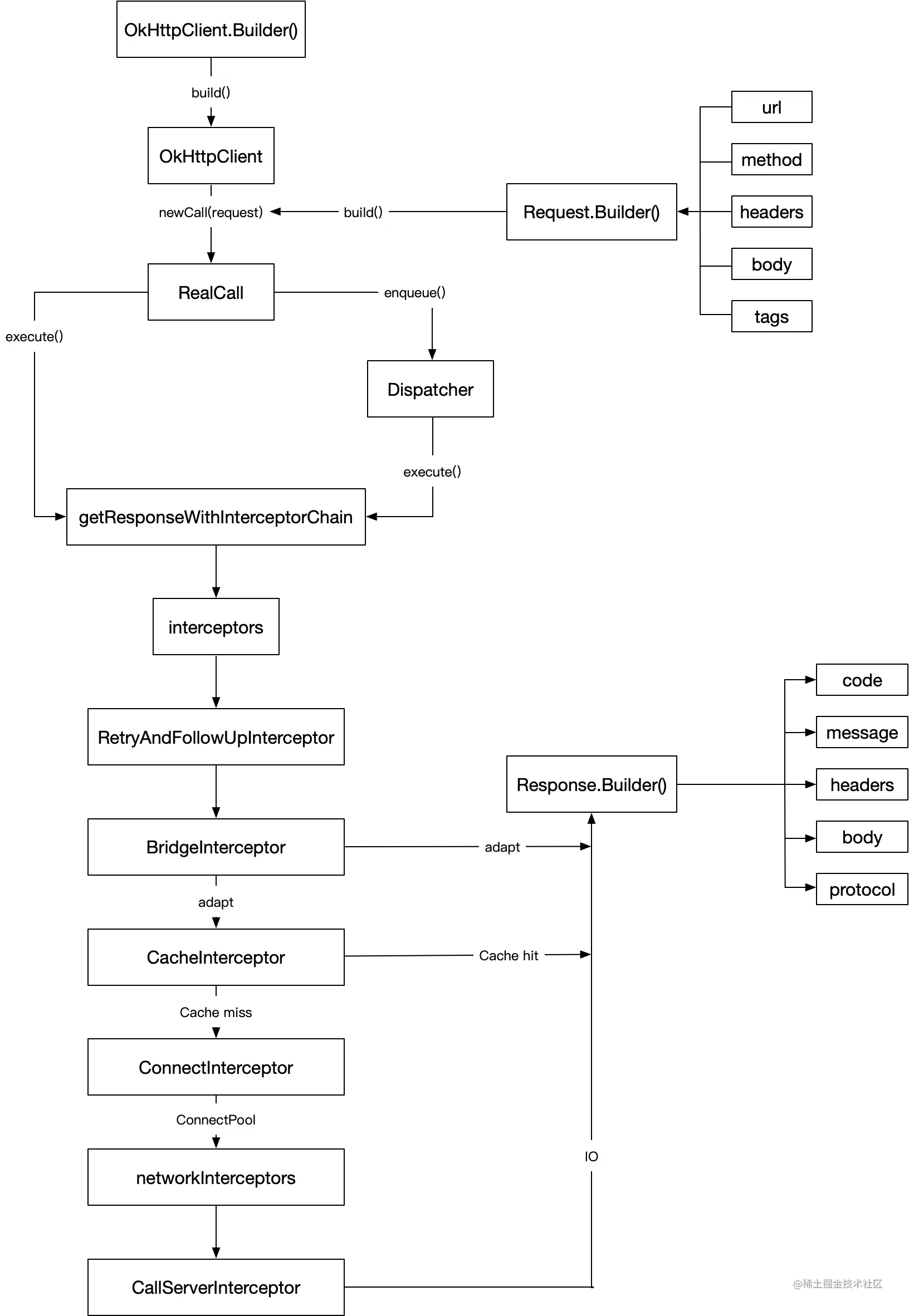
Response getResponseWithInterceptorChain() throws IOException {
// Build a full stack of interceptors.
List<Interceptor> interceptors = new ArrayList<>();
interceptors.addAll(client.interceptors());
interceptors.add(new RetryAndFollowUpInterceptor(client));
interceptors.add(new BridgeInterceptor(client.cookieJar()));
interceptors.add(new CacheInterceptor(client.internalCache()));
interceptors.add(new ConnectInterceptor(client));
if (!forWebSocket) {
interceptors.addAll(client.networkInterceptors());
}
interceptors.add(new CallServerInterceptor(forWebSocket));
Interceptor.Chain chain = new RealInterceptorChain(interceptors, transmitter, null, 0,
originalRequest, this, client.connectTimeoutMillis(),
client.readTimeoutMillis(), client.writeTimeoutMillis());
boolean calledNoMoreExchanges = false;
try {
Response response = chain.proceed(originalRequest);
if (transmitter.isCanceled()) {
closeQuietly(response);
throw new IOException("Canceled");
}
return response;
} catch (IOException e) {
calledNoMoreExchanges = true;
throw transmitter.noMoreExchanges(e);
} finally {
if (!calledNoMoreExchanges) {
transmitter.noMoreExchanges(null);
}
}
}
- RetryAndFollowUpInterceptor:负责失败重试以及重定向
- BridgeInterceptor:负责把用户构造的请求转换为发送到服务器的请求、把服务器返回的响应转换为用户友好的响应
- CacheInterceptor:负责读取缓存直接返回、更新缓存
- ConnectInterceptor:负责和服务器建立连接
- CallServerInterceptor:负责向服务器发送请求数据、从服务器读取响应数据
责任链模式,通过Interceptor,把Request转换为Response,每个Interceptor都有各自的责任和逻辑。
加入自定义拦截器
interceptors.addAll(client.interceptors());
......
if (!forWebSocket) {
interceptors.addAll(client.networkInterceptors());
}
HTTP实现
OKHttp主要依靠ConnectIntercepter和CallServerIntercepter
ConnectIntercepter建立与服务器的连接
CallServerIntercepter发送请求和读取响应
流程如下:
- 根据请求的URL,createAddress()创建一个Address
- 检查Address和Routes,是否可以从ConnectionPool获取一个链接
- 如果获取链接失败,就会进行下一个路由选择,并重新尝试从ConnectionPool获取一个链接,若重新获取失败则会重新创建一个链接
- 获取链接后,会与服务器建立一个直接的Socket链接,使用TLS安全通道或直接TLS链接
- 发送HTTP请求,并获取响应
ConnectInterceptor
@Override public Response intercept(Chain chain) throws IOException {
RealInterceptorChain realChain = (RealInterceptorChain) chain;
Request request = realChain.request();
Transmitter transmitter = realChain.transmitter();
// We need the network to satisfy this request. Possibly for validating a conditional GET.
boolean doExtensiveHealthChecks = !request.method().equals("GET");
Exchange exchange = transmitter.newExchange(chain, doExtensiveHealthChecks);
return realChain.proceed(request, transmitter, exchange);
}
Exchange可以传输HTTP请求和响应,并管理连接和事件
/** Returns a new exchange to carry a new request and response. */
Exchange newExchange(Interceptor.Chain chain, boolean doExtensiveHealthChecks) {
synchronized (connectionPool) {
if (noMoreExchanges) {
throw new IllegalStateException("released");
}
if (exchange != null) {
throw new IllegalStateException("cannot make a new request because the previous response "
+ "is still open: please call response.close()");
}
}
ExchangeCodec codec = exchangeFinder.find(client, chain, doExtensiveHealthChecks);
Exchange result = new Exchange(this, call, eventListener, exchangeFinder, codec);
......
}
}
find方法会最终执行ExchangeFinder的findConnection方法,在发送HTTP请求之前的逻辑,都是这个方法中实现。
findConnection会返回一个链接,优先已存在的链接,次之从链接池中取出,最后才是重新创建链接
流程和前面提到的一样
/**
* Returns a connection to host a new stream. This prefers the existing connection if it exists,
* then the pool, finally building a new connection.
*/
private RealConnection findConnection(int connectTimeout, int readTimeout, int writeTimeout,
int pingIntervalMillis, boolean connectionRetryEnabled) throws IOException {
boolean foundPooledConnection = false;
RealConnection result = null;
Route selectedRoute = null;
RealConnection releasedConnection;
Socket toClose;
synchronized (connectionPool) {
if (transmitter.isCanceled()) throw new IOException("Canceled");
......
if (result == null) {
//2.根据 Address 从连接池获取连接
// Attempt to get a connection from the pool.
if (connectionPool.transmitterAcquirePooledConnection(address, transmitter, null, false)) {
foundPooledConnection = true;
result = transmitter.connection;
} else if (nextRouteToTry != null) {
selectedRoute = nextRouteToTry;
nextRouteToTry = null;
} else if (retryCurrentRoute()) {
selectedRoute = transmitter.connection.route();
}
}
}
......
// 3. 重新选择路由
// If we need a route selection, make one. This is a blocking operation.
boolean newRouteSelection = false;
if (selectedRoute == null && (routeSelection == null || !routeSelection.hasNext())) {
newRouteSelection = true;
routeSelection = routeSelector.next();
}
List<Route> routes = null;
synchronized (connectionPool) {
if (transmitter.isCanceled()) throw new IOException("Canceled");
if (newRouteSelection) {
// Now that we have a set of IP addresses, make another attempt at getting a connection from
// the pool. This could match due to connection coalescing.
routes = routeSelection.getAll();
if (connectionPool.transmitterAcquirePooledConnection(
address, transmitter, routes, false)) {
foundPooledConnection = true;
result = transmitter.connection;
}
}
if (!foundPooledConnection) {
if (selectedRoute == null) {
selectedRoute = routeSelection.next();
}
// 3. 重新选择路由,创建新的 `RealConnection`
// Create a connection and assign it to this allocation immediately. This makes it possible
// for an asynchronous cancel() to interrupt the handshake we're about to do.
result = new RealConnection(connectionPool, selectedRoute);
connectingConnection = result;
}
}
......
// 4. 进行 Socket 连接
// Do TCP + TLS handshakes. This is a blocking operation.
result.connect(connectTimeout, readTimeout, writeTimeout, pingIntervalMillis,
connectionRetryEnabled, call, eventListener);
connectionPool.routeDatabase.connected(result.route());
Socket socket = null;
synchronized (connectionPool) {
connectingConnection = null;
// Last attempt at connection coalescing, which only occurs if we attempted multiple
// concurrent connections to the same host.
if (connectionPool.transmitterAcquirePooledConnection(address, transmitter, routes, true)) {
// We lost the race! Close the connection we created and return the pooled connection.
result.noNewExchanges = true;
socket = result.socket();
result = transmitter.connection;
} else {
//把连接放入连接池中
connectionPool.put(result);
transmitter.acquireConnectionNoEvents(result);
}
}
......
return result;
}
HTTP的链接由result.connect完成
分为是否需要隧道链接
connectSocket连接socket,establishProtocol根据HTTP协议版本进行连接处理。
public void connect(int connectTimeout, int readTimeout, int writeTimeout,
int pingIntervalMillis, boolean connectionRetryEnabled, Call call,
EventListener eventListener){
if (protocol != null) throw new IllegalStateException("already connected");
......
while (true) {
try {
if (route.requiresTunnel()) {
connectTunnel(connectTimeout, readTimeout, writeTimeout, call, eventListener);
if (rawSocket == null) {
// We were unable to connect the tunnel but properly closed down our resources.
break;
}
} else {
connectSocket(connectTimeout, readTimeout, call, eventListener);
}
establishProtocol(connectionSpecSelector, pingIntervalMillis, call, eventListener);
eventListener.connectEnd(call, route.socketAddress(), route.proxy(), protocol);
break;
} catch (IOException e) {
......
}
}
......
}
ConnectSocket
使用 Okio,封装了Socket的读写操作, 建立连接后,就可以发送请求和获取响应。
private void connectSocket(int connectTimeout, int readTimeout, Call call,
EventListener eventListener) throws IOException {
......
try {
//连接 socket
Platform.get().connectSocket(rawSocket, route.socketAddress(), connectTimeout);
} catch (ConnectException e) {
ConnectException ce = new ConnectException("Failed to connect to " + route.socketAddress());
ce.initCause(e);
throw ce;
}
try {
source = Okio.buffer(Okio.source(rawSocket));
sink = Okio.buffer(Okio.sink(rawSocket));
} catch (NullPointerException npe) {
if (NPE_THROW_WITH_NULL.equals(npe.getMessage())) {
throw new IOException(npe);
}
}
}
CallServerInterceptor
CallServerInterceptor的intercept()方法里负责发送请求和获取响应。
具体操作都是通过Exchange来执行,Exchange通过各个功能模块再进行分发处理。
通过 Socket 发送 HTTP消息,会按照以下声明周期:
writeRequestHeaders发送 request Headers
如果有 request body,就通过 Sink 发送request body,然后关闭 Sink
readResponseHeaders获取 response Headers
通过Source读取 response body,然后关闭 Source
writeRequestHeaders
public void writeRequestHeaders(Request request) throws IOException {
try {
eventListener.requestHeadersStart(call);
codec.writeRequestHeaders(request);
eventListener.requestHeadersEnd(call, request);
} catch (IOException e) {
eventListener.requestFailed(call, e);
trackFailure(e);
throw e;
}
}
//实际执行的方法codec实现类Http1ExchangeCodec(前面根据HTTP协议版本选择)的writeRequest方法
/** Returns bytes of a request header for sending on an HTTP transport. */
public void writeRequest(Headers headers, String requestLine) throws IOException {
if (state != STATE_IDLE) throw new IllegalStateException("state: " + state);
sink.writeUtf8(requestLine).writeUtf8("\r\n");
for (int i = 0, size = headers.size(); i < size; i++) {
sink.writeUtf8(headers.name(i))
.writeUtf8(": ")
.writeUtf8(headers.value(i))
.writeUtf8("\r\n");
}
sink.writeUtf8("\r\n");
state = STATE_OPEN_REQUEST_BODY;
}
readResponseHeaders
@Override public Response.Builder readResponseHeaders(boolean expectContinue) throws IOException {
if (state != STATE_OPEN_REQUEST_BODY && state != STATE_READ_RESPONSE_HEADERS) {
throw new IllegalStateException("state: " + state);
}
try {
StatusLine statusLine = StatusLine.parse(readHeaderLine());
Response.Builder responseBuilder = new Response.Builder()
.protocol(statusLine.protocol)
.code(statusLine.code)
.message(statusLine.message)//StatusLine解析HTTP版本信息
.headers(readHeaders());//readHeaders()读取response header信息。
if (expectContinue && statusLine.code == HTTP_CONTINUE) {
return null;
} else if (statusLine.code == HTTP_CONTINUE) {
state = STATE_READ_RESPONSE_HEADERS;
return responseBuilder;
}
state = STATE_OPEN_RESPONSE_BODY;
return responseBuilder;
} catch (EOFException e) {
// Provide more context if the server ends the stream before sending a response.
String address = "unknown";
if (realConnection != null) {
address = realConnection.route().address().url().redact();
}
throw new IOException("unexpected end of stream on "
+ address, e);
}
}
response Body
if (forWebSocket && code == 101) {
// Connection is upgrading, but we need to ensure interceptors see a non-null response body.
response = response.newBuilder()
.body(Util.EMPTY_RESPONSE)
.build();
} else {
response = response.newBuilder()
.body(exchange.openResponseBody(response))
.build();
}
public ResponseBody openResponseBody(Response response) throws IOException {
try {
eventListener.responseBodyStart(call);
String contentType = response.header("Content-Type");
long contentLength = codec.reportedContentLength(response);
Source rawSource = codec.openResponseBodySource(response);
ResponseBodySource source = new ResponseBodySource(rawSource, contentLength);
return new RealResponseBody(contentType, contentLength, Okio.buffer(source));
} catch (IOException e) {
eventListener.responseFailed(call, e);
trackFailure(e);
throw e;
}
}
